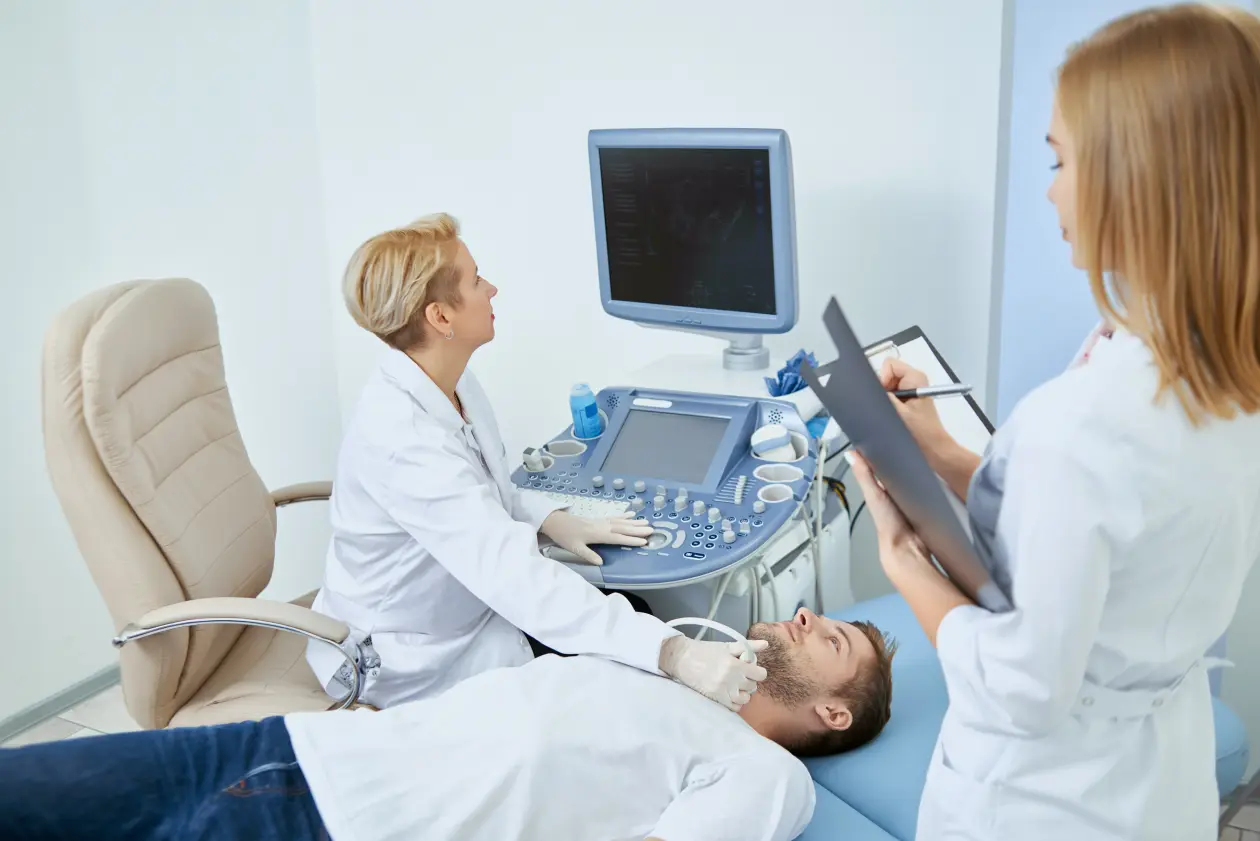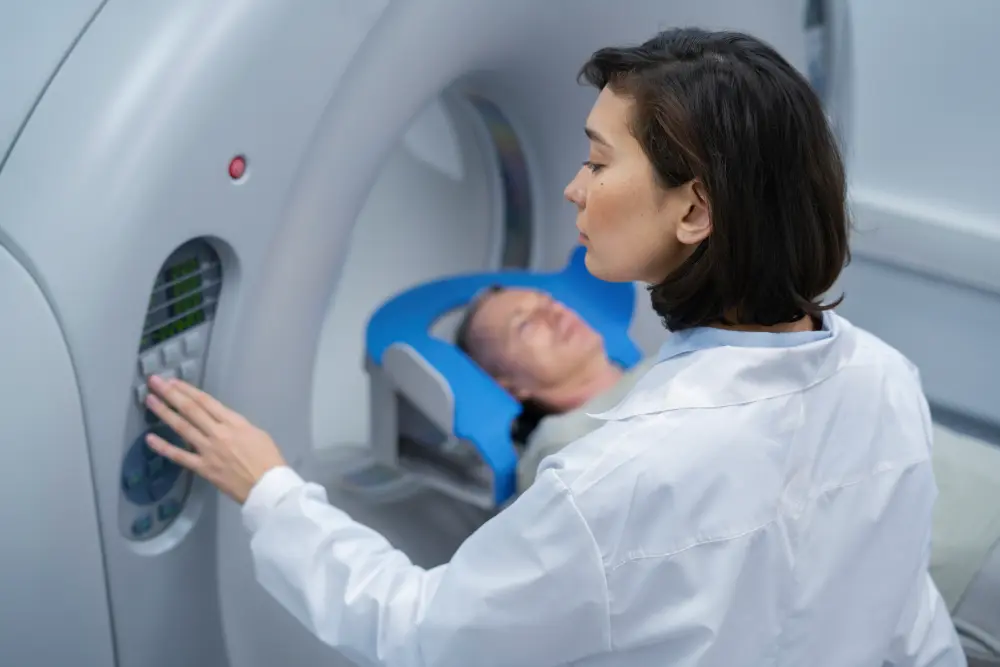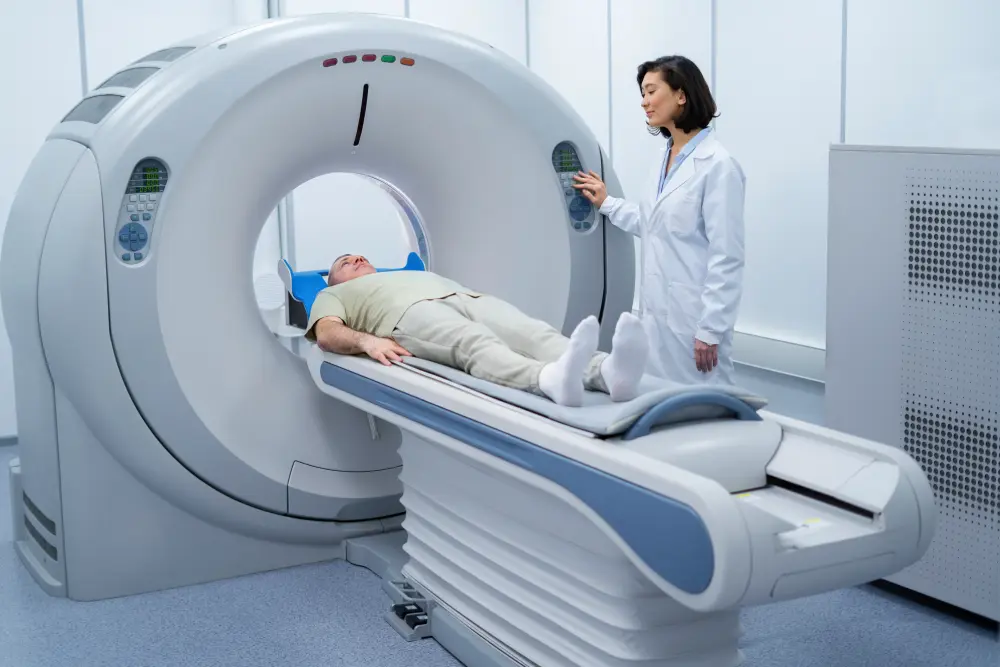Epigastric Hernia
Heal Your Hernia Today!
Heal Your Hernia Today!
About Epigastric Hernia
Epigastric hernia occurs when there is a weakness in the abdominal wall muscles, which allows the internal organs to protrude through the abdominal wall.
Causes and symptoms of Epigastric Hernia
Epigastric hernia is a type of hernia that occurs in the upper part of the abdomen, in the epigastric region. Here are some common causes and symptoms of epigastric hernia:
Causes

Weakness in the abdominal muscles
Epigastric hernias occur when there is a weakness in the abdominal wall muscles, allowing the internal organs to protrude through the abdominal wall.

Genetics
Some people may be born with a predisposition to developing epigastric hernia.

Lifestyle factors
Factors such as obesity, chronic coughing, heavy lifting, or straining during bowel movements may increase the risk of developing epigastric hernia.
Symptoms
- Visible bulge or lump: The most common symptom of epigastric hernia is a visible bulge or lump in the upper abdomen, which may be more prominent when standing, coughing, or straining.
- Pain or discomfort: Some people with epigastric hernia may experience pain or discomfort in the affected area, especially when lifting heavy objects or performing physical activity.
- Nausea or vomiting: In some cases, epigastric hernia may cause nausea or vomiting, especially if the hernia becomes strangulated or obstructed.
- Pain or discomfort in the area, especially when lifting or straining
- A feeling of heaviness or pressure in the abdomen
- Nausea or vomiting

Treatment for Epigastric Hernia
Surgical repair
The most effective treatment for an epigastric hernia is surgical repair. The goal of surgery is to repair the weakened abdominal wall and close the hernia to prevent further herniation and potential complications. The surgical procedure is typically performed under general anesthesia and can be done as an open surgery or laparoscopically, depending on the size and complexity of the hernia.
Laparoscopic surgery
During laparoscopic surgery, the surgeon makes small incisions in the abdomen and inserts a laparoscope and surgical instruments to repair the hernia. A mesh may also be used in laparoscopic surgery to reinforce the repair.
Facts about Epigastric Hernia
Epigastric hernias are relatively rare:
While they are less common than other types of hernias, such as inguinal hernias or umbilical hernias, epigastric hernias still occur in a significant number of people.
They can occur in both men and women:
While some types of hernias are more common in one gender than the other, epigastric hernias can occur in both men and women.
They are often asymptomatic:
Many people with epigastric hernias do not experience any symptoms and may not even be aware that they have a hernia until it is discovered during a routine physical exam or imaging test.
They may be more common in certain
Populations:
Epigastric hernias are more common in adults over the age of 50, people who are overweight or obese, and people who have a history of chronic coughing
Surgical repair is often successful:
Surgical repair of epigastric hernias is generally safe and effective, with a low risk of complications. Most people are able to resume normal activities within a few weeks after surgery.
Diagnostics for epigastric hernia

Ultrasound
This imaging test uses high-frequency sound waves to create detailed images of the abdominal organs and tissues. Ultrasound can help identify the location and size of an epigastric hernia and determine whether the hernia contains any trapped or twisted tissue.

CT scan
A computed tomography (CT) scan uses X-rays and computer technology to create detailed images of the abdominal area. CT scans can help identify the location and size of an epigastric hernia and evaluate the surrounding tissues for any signs of complications, such as strangulation.

MRI
Magnetic resonance imaging (MRI) uses a strong magnetic field and radio waves to create detailed images of the abdominal area. MRI can provide detailed information about the hernia and surrounding tissues without exposing the patient to radiation.
